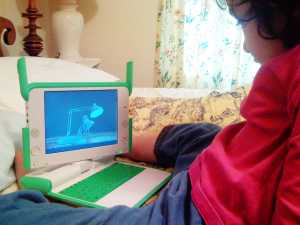Author Interviews, Education, JAMA, Pediatrics / 03.02.2019
Screen Time Effects on Child Development
MedicalResearch.com Interview with:
Sheri Madigan, Ph.D, R.Psych
Canada Research Chair in Determinants of Child Development
Assistant Professor, Department of Psychology
Alberta Children's Hospital Research Institute
University of Calgary
MedicalResearch.com: What is the background for this study? What are the main findings?
Response: Parents are reporting that screen time is one of their major concerns, so we wanted to find out more about how large of a role screen time was playing on children’s developmental outcomes. We were especially interested in the long-term impact of screens, which is why we followed children over time, from ages 2 to 5 and repeatedly assessed both screen time use and children’s achievement of developmental milestones.
There are three main findings:
- Our study revealed that on average children were viewing screens for 2.4, 3.6 and 1.6 hours per day at two, three and five years of age, respectively. This means that the majority of the participants in our sample are exceeding the American Academy of Pediatrics’ guideline.
- We found statistically significant, albeit small effects suggesting that greater amounts of screen time at two and three years predict poorer child outcomes at three and five years, respectively. Thus, screen time has a lasting influence on children’s development.
- The opposite pattern was not observed. That is, we did not find evidence that children showing poor performance in terms of achieving developmental milestones were more likely to be place in front of screens to help cope with their potentially challenging behaviors.



